Libraries Rock
-
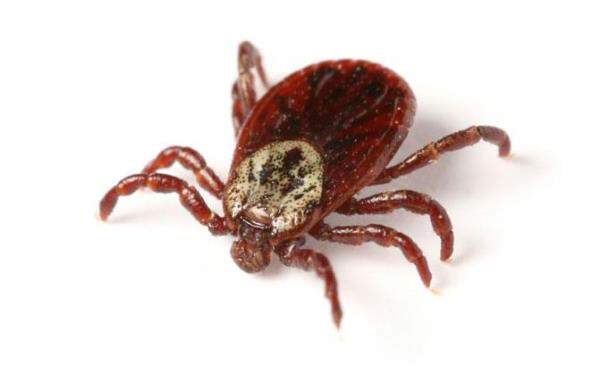
Ticks
If you have pets, you probably know a thing or two about ticks, but maybe you’re wondering how to prevent or get rid of ticks in your yard or on your pet.
-

How Many Fleas On A Dog Is Considered An Infestation?
How many fleas on your dog is an infestation? Learn how to spot fleas, how many is too many, and how to deal with them.
-
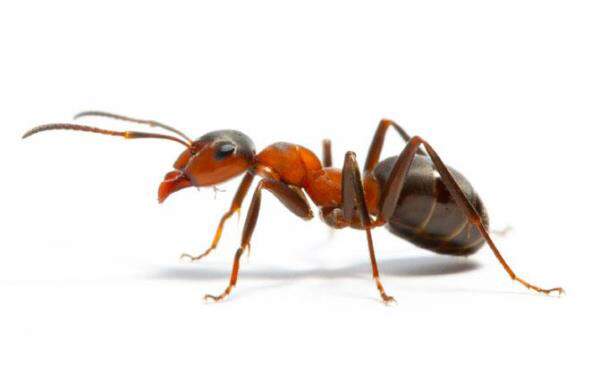
Ants
Are ants wreaking havoc in your home? Find out how to get rid of ants (and carpenter ants) and how to prevent troublesome ant infestations in the first place.
-
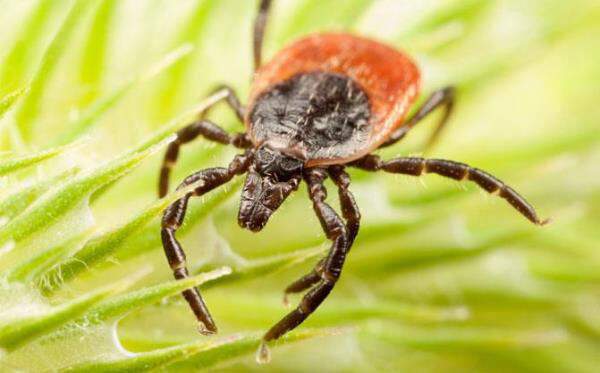
Symptoms Of Lyme Disease In Dogs
Lyme disease can be a serious illness in dogs. Here’s an inside look at what causes it and how you can prevent it.
-
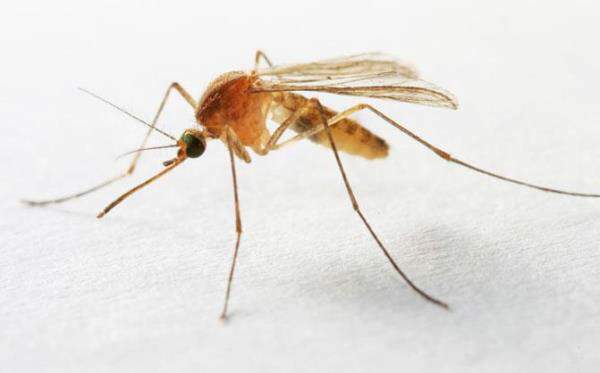
Mosquitoes
Plagued by mosquitoes? Wondering how to get rid of them? Should you spray? What if mosquitoes are in your house? Here are handy tips for mosquito control.
-
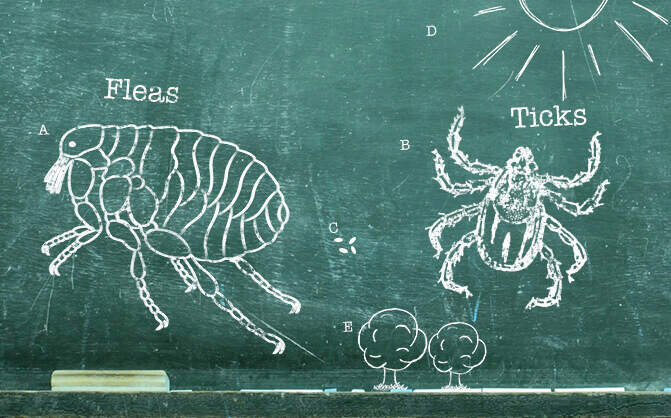
Flea & Tick Season 101
Fleas and ticks can be a problem for pets all year long, even outside of the peak season. Learn all about their life cycles and how to protect against them. Read more about Petfriendly purrs advance.
-

Autumn Outdoor Activities For Dogs
Half the fun of having dogs in our lives is sharing various activities with them, including play dates at the dog park, camping, and hiking. Most dogs have lots of physical and mental energy—even saying the word “outside” can send them into a tail-wagging tizzy—so you’ll want to channel that energy into safe, fun activities you can both enjoy.
-
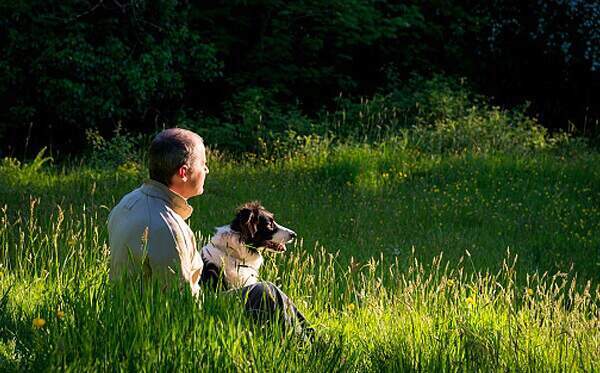
High Risk Flea Areas – Fleas In House
Learn where fleas are commonly found and how to prevent them from traveling into your house on your pet.
-
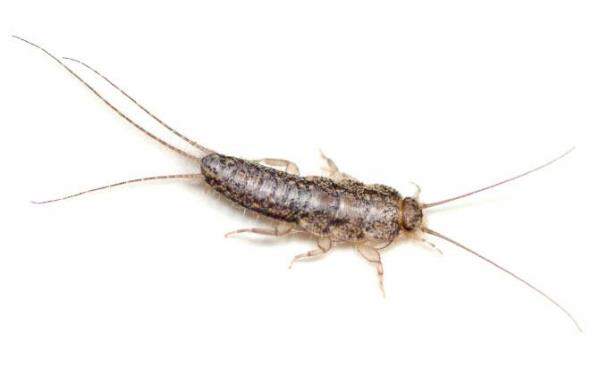
Silverfish
Silverfish can be a nuisance around the house, so if you’re wondering where they come from and how to get rid of these pesky insects, check out these silverfish facts and tips.



